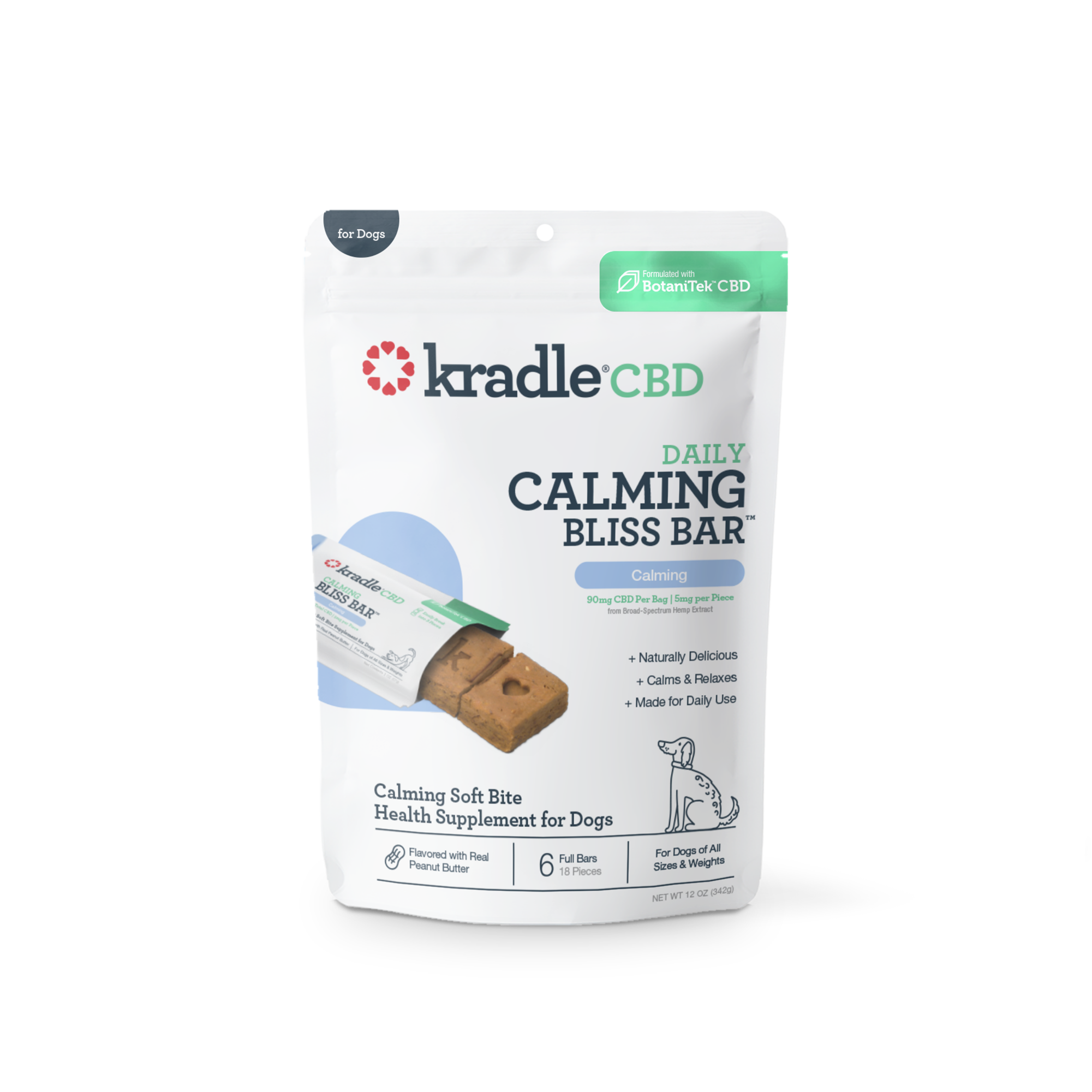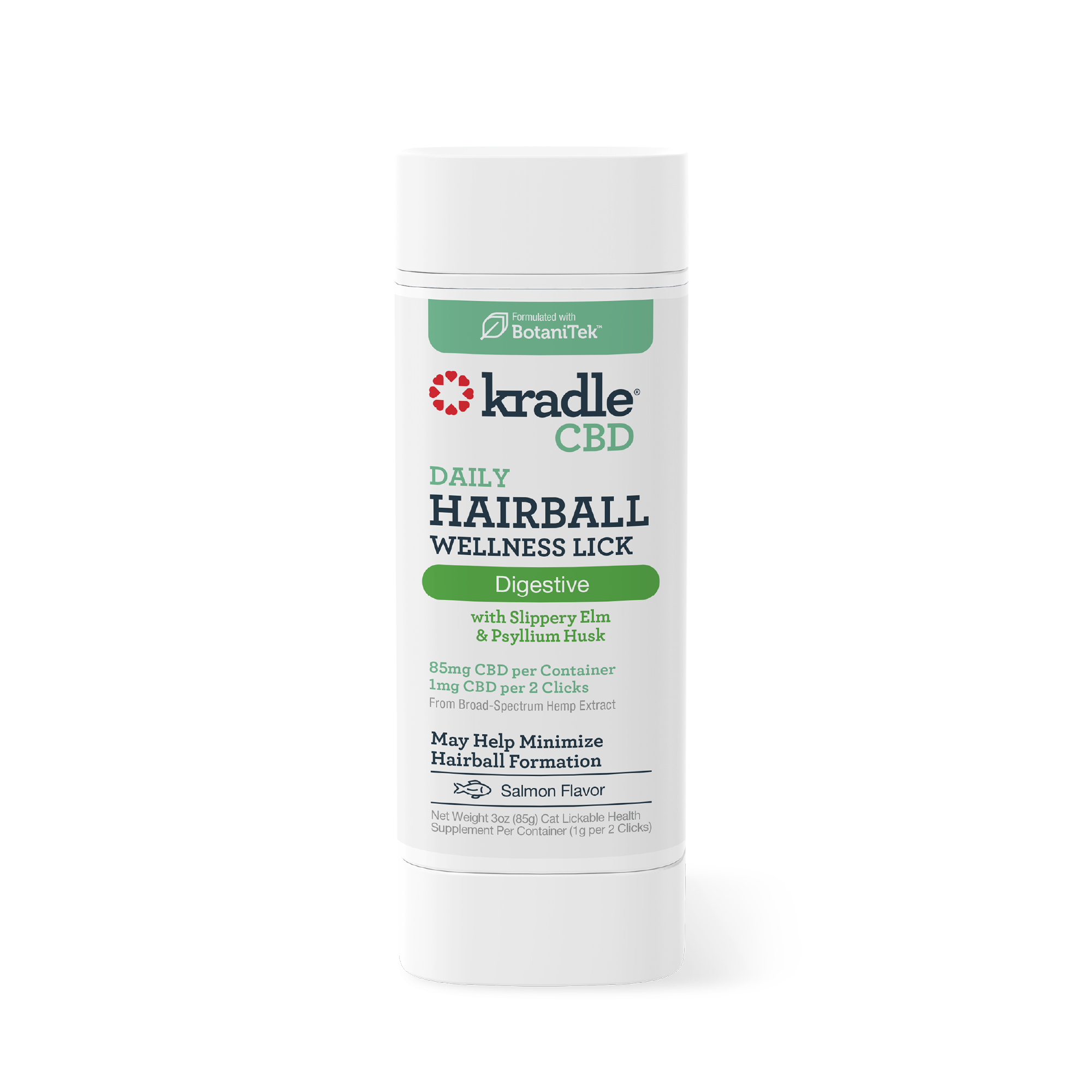
A Guide to Dog Fostering: How to Create a Calm Home for Your Pup
An estimated 3.1 million dogs arrive at shelters each year. About 710,000 of them eventually get returned to their owners, but the remainder need willing people to adopt them. Fostering is one way to help dogs who can benefit from extra love and support while waiting for their ‘furever’ homes. If you're interested in fostering a dog, this guide will answer your questions, such as "What is fostering a dog?" "How does fostering a dog work?" and "Do you get paid for fostering a dog?"
What Is Dog Fostering?
Dog fostering is the practice of providing a temporary home and shelter for dogs who require homes. Foster parents give dogs love and attention to meet their emotional and mental needs, while also ensuring that they have food and water and benefit from regular exercise to promote physical health. By socializing dogs, foster parents help prepare pets for new homes.
Dog fostering programs are available through many shelters, rescues and nonprofit organizations. Their goal is to reduce crowding at shelters and allow dogs that need a little extra TLC to live in a safe, nurturing environment while waiting for a forever family to adopt them.
How Does Dog Fostering Work?
Temporary dog fostering is largely a volunteer opportunity. While in some cases, foster parents receive reimbursement for certain expenses, such as vaccinations and spaying/neutering, they usually aren't paid and must purchase things like dog food and toys out of their own pockets.
Depending on the program and the needs of dogs, a fostering placement may last for a few weeks or months. Most programs do allow foster parents to apply to adopt their foster dogs if they decide they want a particular pooch to become a permanent member of the family.
Prospective dog foster parents must go through an application process to begin welcoming dogs to their homes. Each organization has its own process, but the following are the general steps.
-
Choose a Program
First, you'll need to decide which dog fostering program to get involved with. As you compare programs in your area, consider:
- How long are most foster placements?
- Will you receive any supplies from the program?
- Does the program offer reimbursement for any medical expenses?
- Is the program for all dogs or dogs of a certain age or breed?
- What are the program's policies and rules?
- How much notice will you receive when you're matched with a foster dog?
-
Fill Out an Application
Once you've decided which program to partner with, the next step is to fill out an application. Many organizations have online applications, but others will require you to print a form and mail it in or stop into their locations in person to fill out the application.
-
Submit Required Documentation
For identity verification and background check purposes, dog fostering programs will usually ask you to provide supporting documentation, such as:
- Driver's license or state-issued ID
- Proof of address, such as a utility bill or a lease agreement
- Medical records for any pets you have
- Photos of key areas of your home
- List of personal references
-
Participate in a Home Inspection
Often, dog fostering programs will conduct a home inspection during the application process. The inspection ensures that your home is safe and adequately sized for a foster dog.
-
Wait for Approval and Prepare Your Home
After the home inspection, you'll usually need to wait for a few days or weeks for the program to consider your application. In the meantime, you can start to prepare your home for your temporary fur baby's arrival by stocking up on pet supplies and making any necessary improvements or modifications.
Benefits of Dog Fostering
There are many reasons to become a foster parent. Some of the biggest benefits of fostering a dog include:
- Personal fulfillment: Seeing dogs that you've cared for become adopted by families who will love them for the rest of their lives can be an incredibly rewarding experience.
- Experience: By fostering, you can learn about different dog breeds and see what it's like to have pets of varying ages.
- Helping animals: As a dog lover, foster parents have a unique opportunity to make a big difference in the lives of dogs.
- Preview of dog ownership: Since fostering is temporary, it allows you to see what it's like to have a permanent doggie pet so that you can consider adoption in the future.
Tips for Fostering Dogs
To set yourself up for success as a dog foster parent, follow these tips:
- Create a safe space: Establish a quiet, calm location in your home for your foster dog to retreat to if they feel stressed during the transition.
- Prepare yourself for problem behaviors: Recognize that dogs may experience separation anxiety, stress and other emotional issues when they first arrive. Read up on behavioral problems ahead of time, so you'll know how to respond.
- Give them time to adjust: Training is often a part of dog fostering, but resist the urge to start training right away. Providing a foster dog with time to get used to their surroundings and to begin trusting you will help make training more successful.
- Seek professional advice as needed: You're bound to have questions about training, food, behaviors and other aspects of fostering. Don't be afraid to reach out to the foster program, an experienced dog trainer or a veterinarian when you need help.
Kradle's Calming Solutions
Being moved to a shelter and then to a foster home means big changes for dogs, and some may experience stress and anxiety as a result. For these pooches, Kradle products may provide a solution. Our CBD and natural calming products have a calming effect on the nerves and can be helpful for stress from traveling, moving and other situations that may cause anxiousness. With chews, bars, occupying toys, and melts, we offer products to suit dogs of all ages and breeds, making it easy to find options that will help your foster dog better cope with external stresses as they adjust to living in your home.
Explore Dog Fostering Programs in Your Area
Fostering programs benefit both dogs and the humans who open their homes and their hearts to them. If you're ready to become a dog foster parent, research opportunities with shelters and rescues in your area and start preparing your home for the arrival of your foster pooch today.







